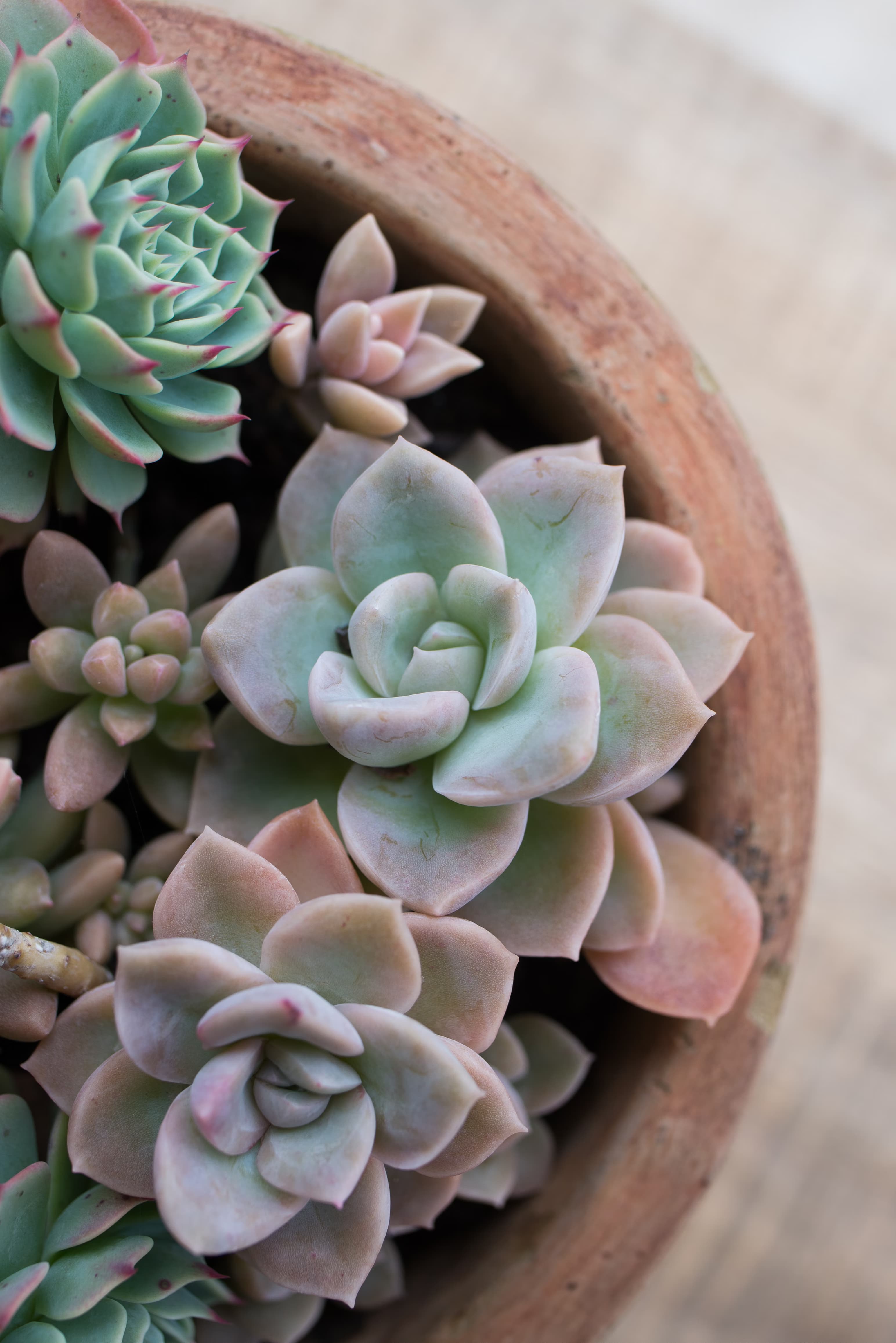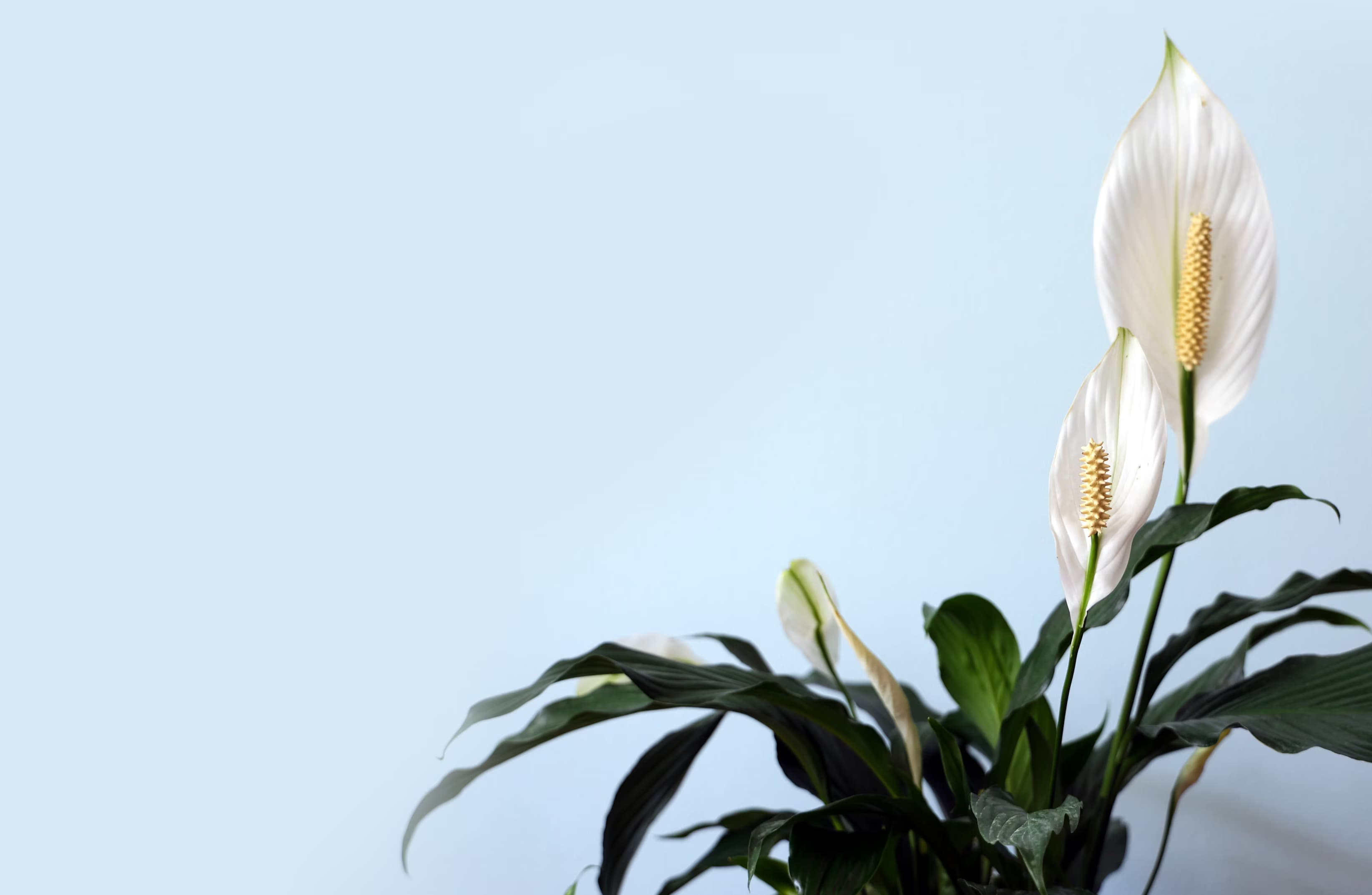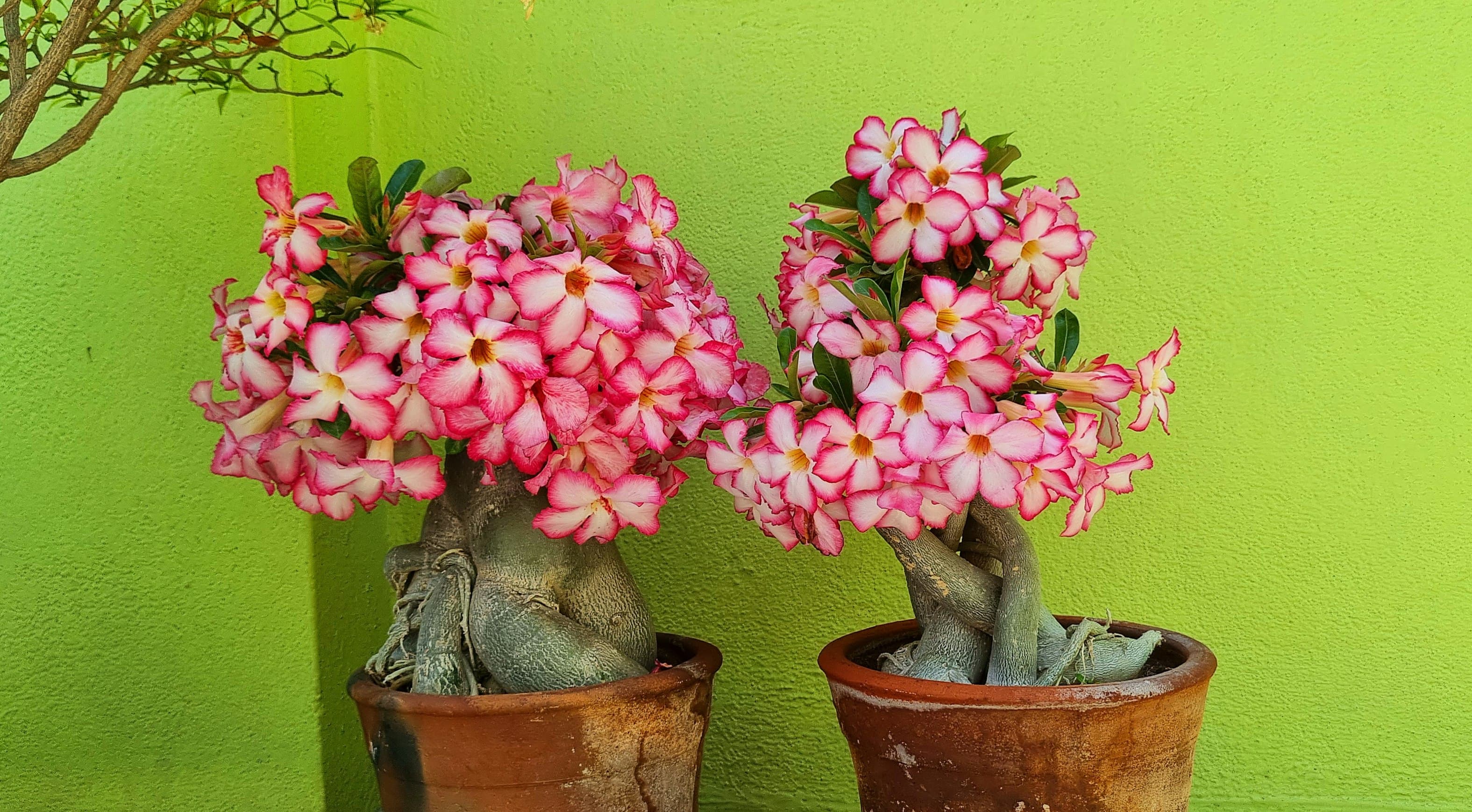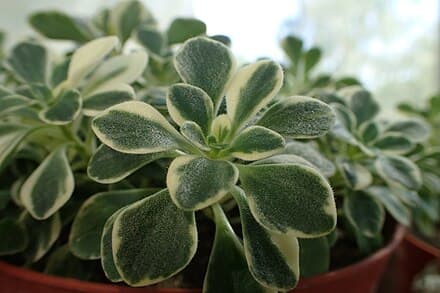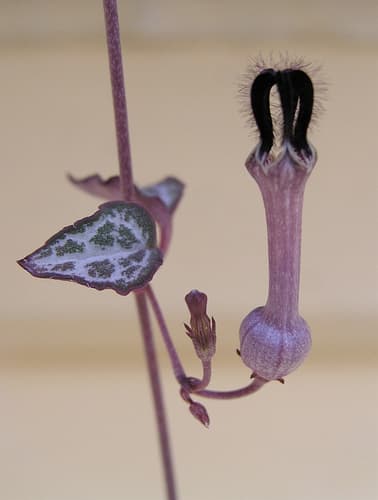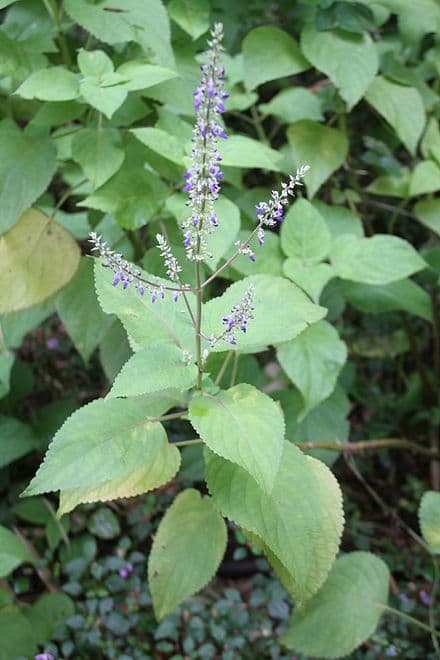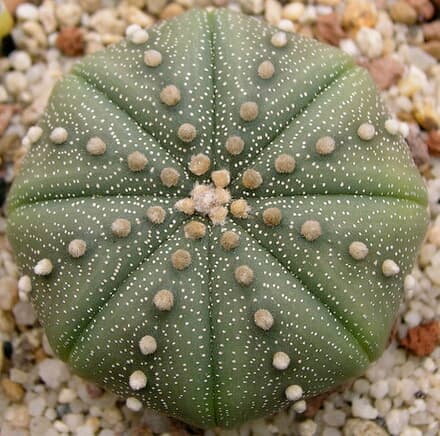
Dioscorea elephantipes image • Photo: Author Andrew massyn• Public domain
Dioscorea elephantipes is a deciduous climbing plant known for its massive, partially buried tuberous stem (caudex) resembling an elephant's foot. The caudex grows slowly, often reaching over 3 meters in circumference and nearly 1 meter above ground, covered with thick, corky plates. It produces slender, leafy climbing shoots in winter with dark-spotted greenish-yellow dioecious flowers. The plant's starch-rich tuber and unique growth pattern make it a distinctive succulent-like specimen.
Plant Care Overview
Care Guide
Essential requirements for your Dioscorea elephantipes
Light Requirements
Dappled sun or semi-shaded position for caudex; partial to full sunlight for climbing vines
Light conditions can affect leaf color and growth rate. Adjust placement as needed based on your plant's response.
Watering Schedule
Water regularly when new growth appears (winter/spring), reduce significantly during summer dormancy
Humidity Needs
low humidity
Always check soil moisture before watering. Adjust frequency based on your home's conditions.
Temperature Range
Tolerates temperatures down to -4°C; prefers moderate temperatures
Native Climate
Native to Arid interior of South Africa from Northern Cape to Grahamstown
Keep away from drafts, heaters, and air conditioners which can stress your plant.
Soil Type
Extremely coarse, well-drained soil with ≥50% mineral component (quartz or shale-based mix preferred)
Fertilizer
Balanced houseplant fertilizer during growing season
Consider repotting every 1-2 years to refresh soil nutrients and accommodate growth.
Propagation
Methods to grow more Dioscorea elephantipes plants
Primarily through seeds collected from mature plants
Plant Info
Characteristics and background information
Arid interior of South Africa from Northern Cape to Grahamstown
slow
Caudex up to 3m circumference and 1m height; climbing shoots reach several meters
perennial
Pet safety unknown
Indoor Blooming
This plant can produce flowers indoors when given proper care.
Bloom Season
Winter (May-June in native habitat)
Flower Description
Small greenish-yellow flowers with dark spots, appearing on separate male and female plants (dioecious)
Fun Fact
The massive caudex can weigh up to 700 pounds (318 kg) and was historically used as a food source by indigenous peoples for its starch content.
Troubleshooting
Solutions for typical issues with your Dioscorea elephantipes
Soft, discolored caudex with mushy texture
Scorched or cracked corky plates on exposed caudex
Community Tips
Advice shared by other plant enthusiasts
No tips shared yet. Be the first to share your experience!
(Coming soon)
Care Guides
Detailed guides for caring for your Dioscorea elephantipes
Related Plants
Similar plants that might interest you
Nurseries Near You
Find Local Nurseries That Carry Dioscorea elephantipes
We're building a database of local nurseries to help you find where to buy this plant near you. You'll be able to see store hours, contact information, and even check inventory.
